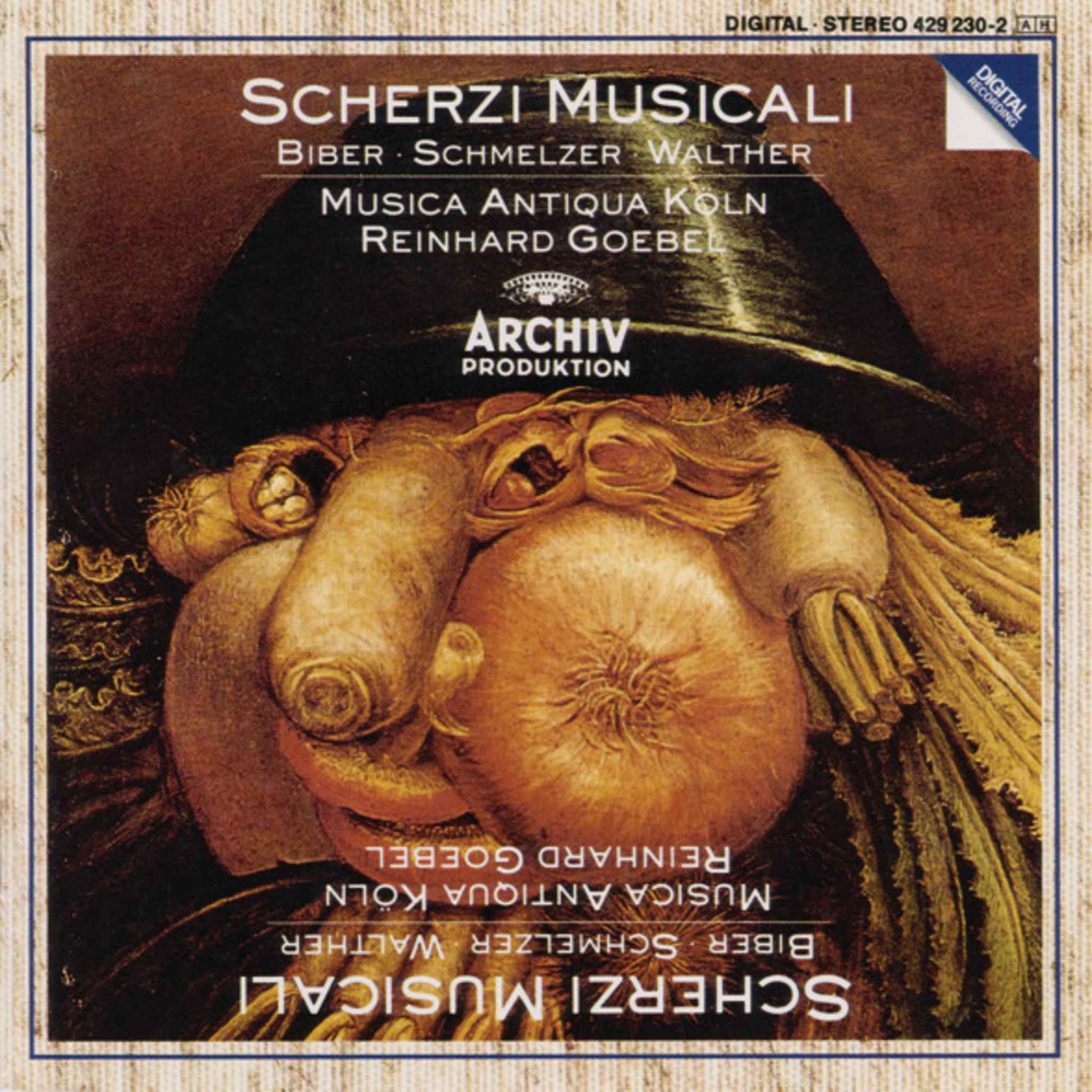Johann Heinrich Schmelzer: Master of Baroque Instrumental Music
Johann Heinrich Schmelzer (c. 1620–1623 – between 29 February and 20 March 1680) was one of the most influential Austrian composers and violinists of the middle Baroque era. As the leading figure in Austrian instrumental music prior to Biber, Schmelzer's work helped define violin technique and the development of instrumental forms during the 17th century.
Career Highlights and Influence
Schmelzer arrived in Vienna in the 1630s, where he became a member of the imperial chapel. Over the years, he gradually rose in rank and in 1679, at the very end of the year, he achieved the prestigious role of Kapellmeister. This made him the first Austrian to hold this title at the imperial court—a role previously reserved for foreigners. His innovations in violin playing earned him an extraordinary reputation, with a traveler in 1660 describing him as “nearly the most eminent violinist in all of Europe”. In 1673, Schmelzer was ennobled by the Emperor with the honorary title “von Ehrenruef”, reflecting his artistic status and courtly favor.
Contributions to Music
Violin and Instrumental Innovation
Schmelzer’s significance is rooted in his advancement of violin technique. He notably influenced the next generation of Austrian and German composers, including the renowned Heinrich Ignaz Franz Biber, who is generally presumed to have been Schmelzer's student. Schmelzer also played a key role in introducing and popularizing the sonata and suite forms in Austria and south Germany.
Key Works
The "Sonatae unarum fidium" (1664) marked the first published violin sonatas with basso continuo by a German-speaking composer. These pieces are characterized by virtuosic passages, sectional structure, and ground-bass variations, which are hallmarks of mid-Baroque violin music. Schmelzer also wrote numerous sonatas, dance suites, and ballet music for small instrumental ensembles, often incorporating traditional dance forms.
The Legacy of Schmelzer's Music
Experience the breathtaking beauty and passion of 17th Century violin music through the works of Johann Heinrich Schmelzer. His compositions explore the fascinating depths of human emotions, from the enchanting "Unarum Fidium" that beautifully merges melodious harmonies with powerful chords, to the representation of "German Consort Music, 1660-1710," which takes you on a walk down memory lane of beautiful German baroque music.
Performing the compositions are modern performers such as Musici and Carlo Ipata, Elizabeth Wallfisch, John Holloway in collaboration with Lars Ulrik Mortensen and Aloysia Assenbaum-Holloway, Roy Goodman, Peter Holman, and The Parley of Instruments, and Reinhard Goebel and Musica Antiqua Köln. These artists breathe new life into classic pieces, beautifully recreating the musical magic of a bygone era with their remarkable interpretation.
Dive into the wonderful world of Johann Heinrich Schmelzer's music and experience the allure of 17th-century melodies like never before.






